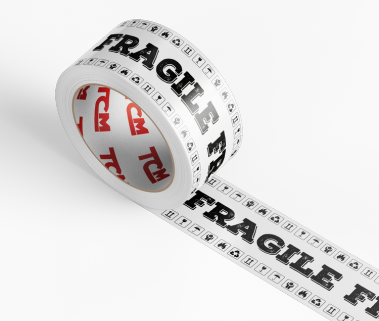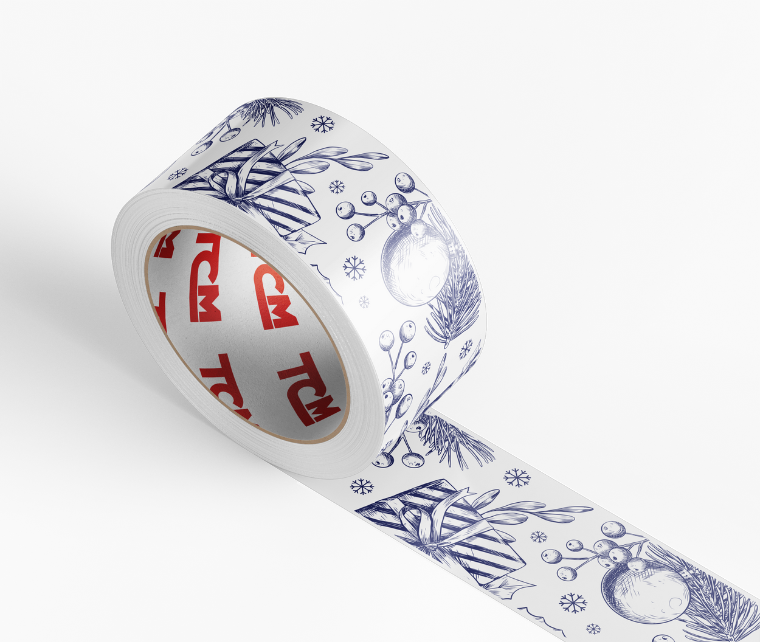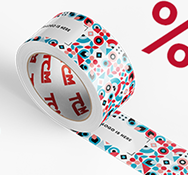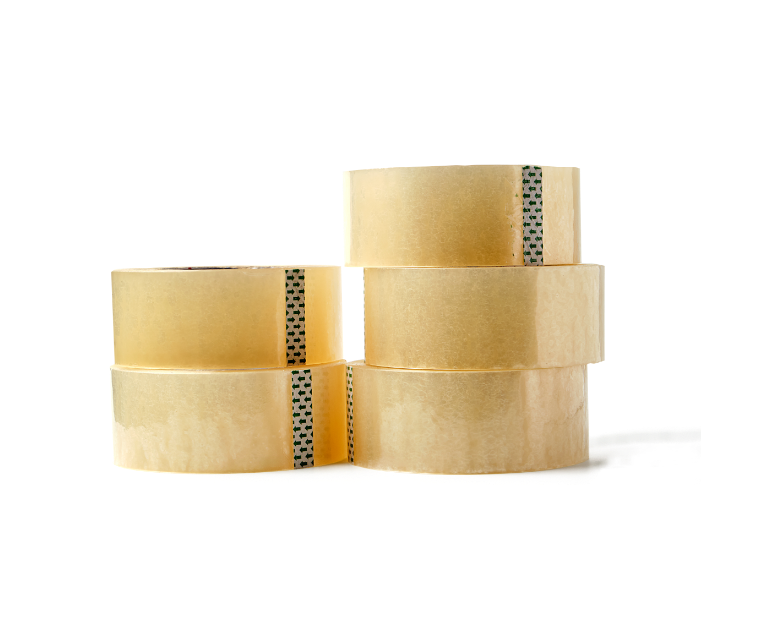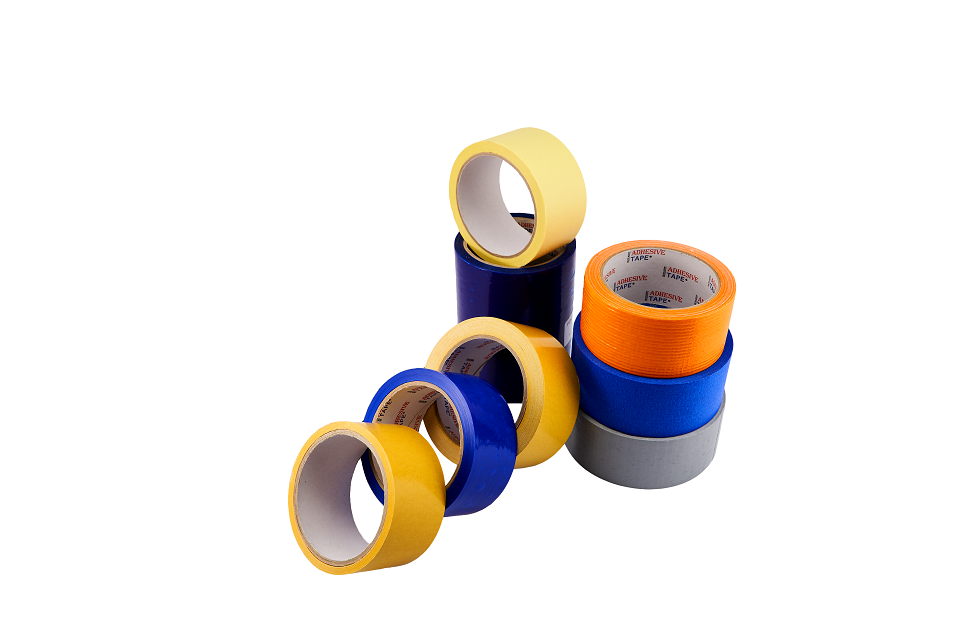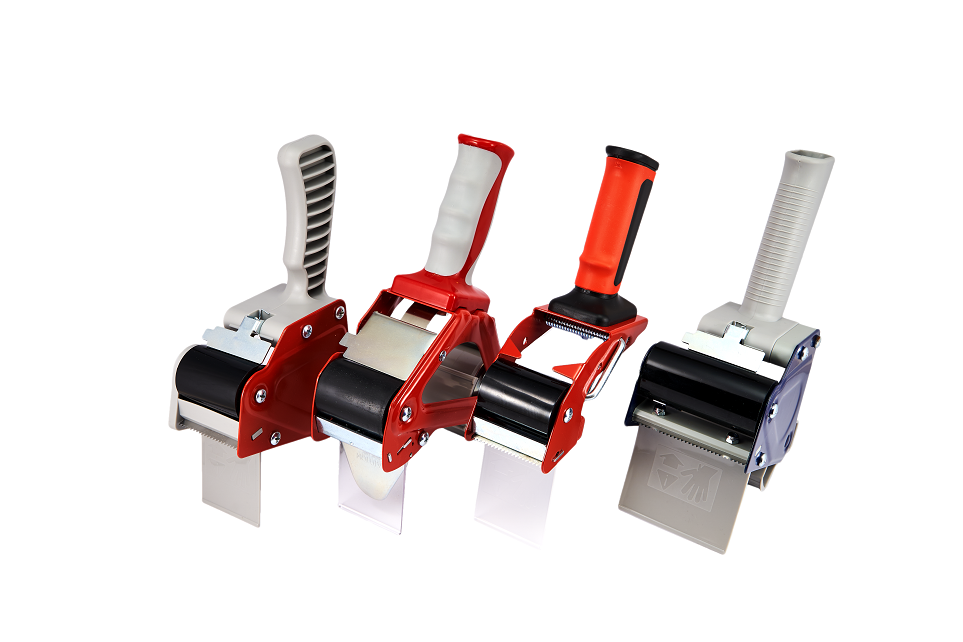Frequently asked questions
What types of tape are available and which one should I choose?
It depends on the purpose. The strongest packing tape we offer is PVC, which is most often used for sealing boxes. PVC tape is suitable for various surfaces. PVC film is also a great surface for printing. Of course, other types of tapes are also available, such as Hot Melt polypropylene, Acrylic polypropylene, and Paper tapes. For more information, click on News (you will be redirected to a page where we describe all the types of tape their advantages and disadvantages in detail)
How long can the tape be stored?
This depends on the type of tape and the extent to which the instructions provided by TCM Service dealers have been followed.
The tape should be stored in a dry place with a temperature of 15-25 degrees to preserve its properties for as long as possible.
Printed tape is best stored in a dark room. If the tape is exposed to too much sunlight (UV radiation), the colour fastness may be adversely affected.
PVC tape: 2.5 – 3 years
Hot melt polypropylene: 9-12 months
Polypropylene acrylic: 6 months
Paper tape: 6 months
What does ‘micron’ (µm) mean?
µm denotes the thickness of the tape. It can be expressed as the total thickness or the thicknesses of the film and adhesive layers separately. All the specifications of our tapes can be found in the technical specification sheets available on the product page for each tape.
I don’t know what type of tape I should choose, can I order a test roll?
Of course you can. Our sales team will give you good advice at the outset. However, if you still prefer to test the tapes yourself, let us know and we will provide some free test rolls.
How many colours can be printed on tape?
The tapes can be printed with a maximum of 3 colours. Of course, more colours are possible when using a raster. More information about this is available on our News page.
What colours can I choose from?
We use the Pantone colour palette. This gives us countless possibilities. Pantone is the name of the company that publishes the colour codes. Pantone Matching System (PMS) colours are standard colours for which ink is pre-mixed with the appropriate colours. Each colour has its own unique code. If your logo is designed in a different colour system, it’s not a problem – our graphic designers will prepare the pattern and choose the right colours. We can also print in HKS and RAL, but the number of shades is not as extensive as with Pantone. Do you already know your required Pantone colour code? Let us know when you send the pattern.
How are the tapes printed?
The tape is printed using a die. It is a polymer board. The design elements are laser cut to create raised and lowered elements. It is comparable to a stamp. The raised elements on the polymer are printed. The printing die is fixed to a cylinder. This is an essential step that must be completed with the utmost precision in our production process. The ink is then applied (this is the print colour). Once created, the printing die can be used many times. The die production costs are only applied to the first order or when changes are made and are always priced individually for each print.
What is flexographic printing?
We also print on tape using a technique called flexography. This technique is a rotary relief printing technique using flexible printing heads. Primarily photopolymer and a thin, fast drying liquid ink. Convex printing means that the image to be printed is raised on the printing plate.
What dimensions can I choose from?
Printed tape is available in various sizes. The standard tape roll size is 50mm wide and 66m long. Our offer, of course, has many more options. You can find more information on the News page.
The basic colours of the tape are white, brown, and clear. Can I also choose a different background colour?
This is possible, but depends on the type of tape. In this case, the selected colour will count as the printing colour. Finally, the tape is printed twice. First the background colour, then the printed text and/or logo. More information about this is available on our News page.
What is the difference between positive and negative printing?
With positive printing, the largest part of the tape is unprinted. The colour of the tape determines the background colour. In negative printing, text and/or logos remain unprinted and we print around them (in essence, we print the background colour). On a white tape, the lettering will be white (tape colour) and the background will be coloured or black (ink).
Why is there a white line separating successive repetitions of the pattern on negatively printed tape?
The edge of the die makes itself known here: it appears after each repetition of the pattern. This is because the flat film is fixed around the cylinder. This forms a V-shape where the ends of the film meet, then a vertical, unprinted white line is formed, which we always show on the print preview prepared by our graphic designer.
Sometimes I receive a tape with partially unprinted pieces. What could be the cause of this?
This can have various causes. The most common cause is the intermittent jumbo roll changes on the machine. In addition, sometimes it may be that the film simply absorbs too little ink and therefore does not transfer the print well enough. As this happens at high speed, it is unfortunately difficult to avoid.
What exactly is a print preview?
It is a tape design. This is done using the uploaded data and/or logos. Once the design has been completed, you will receive it as a print preview. You can evaluate it and, if necessary, change it. Once the design has been approved, we will start printing the tape.
What type of files are best sent in for preparing a print preview?
For our graphic designers to work efficiently they need open vector files
Vector files have the following extensions: .ai .cdr .eps (Illustrator eps)
These are not photo files with pixel structures (.jpg, .tiff, .bmp and some .pdf files). As a result, vector images can be enlarged to any desired format without loss of quality.
We regularly receive files such as .jpg, .bmp, .tiff, letterhead and pieces of tape sent by post. First we need to convert this material to a vector file. (This means scanning and creating vectors). This takes more time. Most often we will ask you to send the file in the correct format. If the quality of the uploaded material is too poor, additional costs will be charged for the conversion. You can find more information on file types on the News page.

